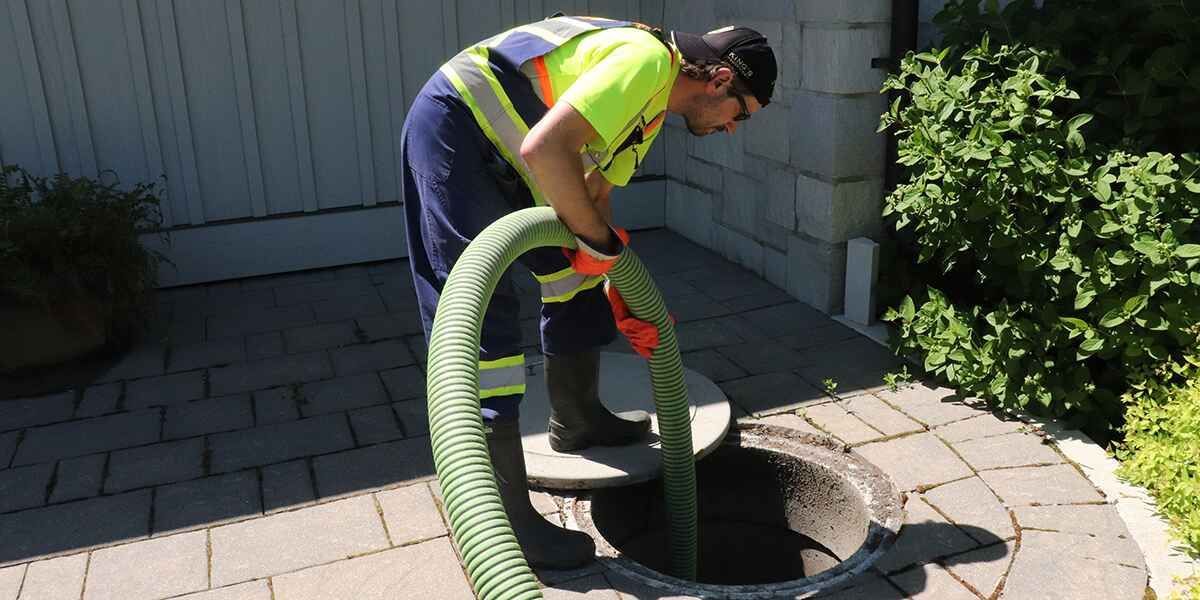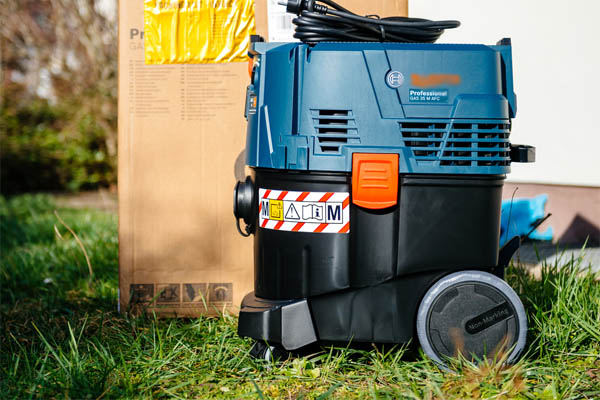Straightforward Methods for Servicing a Sump Pump
Straightforward Methods for Servicing a Sump Pump
Blog Article
They are making several good points about Steps to Cleaning Your Sump Pump Properly in general in this post followed below.

Sump pumps are critical elements in numerous homes, especially in locations prone to flooding or extreme wetness. They help prevent water damage by effectively removing excess water from basements or crawl spaces. Nevertheless, like any other home appliance, sump pumps require regular upkeep to guarantee they work properly when needed the most. Cleansing your sump pump is a crucial part of its maintenance, and recognizing how to do it correctly can save you from pricey fixings and possible disasters.
Intro
Keeping a tidy sump pump is important for its proper performance and longevity. Neglecting this essential task can lead to obstructions, breakdowns, and eventually, water damages to your property. As a result, discovering exactly how to clean a sump pump is critical for homeowners that rely upon these tools to keep their basements completely dry and secured.
Understanding the Sump Pump
Prior to diving into the cleansing process, it's vital to have a standard understanding of how a sump pump functions. Typically set up in a pit or basin listed below the cellar floor, a sump pump contains several key parts, including a pump, a float button, and a discharge pipeline. When water builds up in the pit, the float button turns on the pump, which after that pumps the water out via the discharge pipe, far from the building's foundation.
Signs of a Dirty Sump Pump
Recognizing when your sump pump requires cleansing is vital for avoiding possible malfunctions. Some common indications that indicate an unclean sump pump include unusual sounds throughout operation, minimized water flow, and noticeable particles in the pit. If you discover any of these signs, it's necessary to cleanse your sump pump without delay to prevent any more issues.
Preparing for Cleaning
Before you begin cleansing your sump pump, it's necessary to take some security preventative measures. Start by turning off the power to the pump to stay clear of any kind of electric crashes. In addition, put on suitable protective equipment, such as handwear covers and goggles, to safeguard yourself from dust, debris, and prospective microorganisms.
Step-by-step Overview to Cleansing a Sump Pump
Turning off the Power
Begin by detaching the power supply to the sump pump to prevent any type of accidents while cleaning.
Getting Rid Of Particles and Dust
Use a pail or an inside story to remove any kind of visible debris, dust, or sediment from the sump pit. Dispose of the particles effectively to avoid it from obstructing the pump or the discharge pipe.
Cleansing the Pump and Float Switch Over
As soon as the pit is clear of debris, thoroughly eliminate the pump from the pit. Examine the pump and the float switch for any type of indicators of damages or wear. Make use of a soft brush or cloth to clean up the surfaces and eliminate any collected grime.
Purging the System
After cleansing the pump and float button, flush the sump pit with tidy water to remove any staying dirt or debris. This will aid make sure that the pump operates smoothly and efficiently.
Looking For Proper Performance
Before reinstalling the pump, perform a quick test to guarantee that the float button turns on the pump correctly. Put some water right into the sump pit and observe the pump's procedure. If every little thing is working appropriately, you can reassemble the pump and reconnect the power supply.
Maintenance Tips to Maintain Your Sump Pump Clean
In addition to regular cleansing, there are several maintenance suggestions you can comply with to maintain your sump pump in optimum problem:
Final thought
Cleansing your sump pump is a crucial facet of its upkeep and makes certain that it runs successfully when you need it the most. By complying with the actions laid out in this guide and including normal upkeep right into your regimen, you can expand the lifespan of your sump pump and shield your home from water damages.
6 STEPS ON HOW TO CLEAN A SUMP PUMP PROPERLY
UNDERSTANDING SUMP PUMPS
Your sump pump plays a crucial role in protecting your home by managing and removing excess water. It primarily functions as a “shield”, guarding your basement against the damaging effects of water accumulation. The pump is housed in a sump pit in the lowest part of your basement, and its job is to pump out any water that collects there.
During heavy rainfalls or when snow melts rapidly, water can infiltrate your basement, posing potential risks like flooding, structural damage, and harmful mold growth. Here, the sump pump springs into action, pumping out the intruding water and directing it away from your home.
SAFETY FIRST
Before cleaning, remember to prioritize safety. Disconnect the sump pump from the power source to prevent any accidental electric shocks. Also, wear sturdy gloves to protect your hands from any sharp or dirty components within the pump.
REMOVE THE SUMP PUMP
After ensuring your safety, the next step is to remove the sump pump from its pit. Doing this might require careful maneuvering as you don’t want to damage any pump components. Once removed, clean the sump pit to remove any accumulated debris or sludge.
INSPECT THE PUMP
Inspect the pump for any visible signs of wear or damage. Check the power cord, float switch, and impeller housing. If any components look worn out or damaged, consider replacing them to ensure optimal performance.
CLEAN THE PUMP
Thoroughly clean the pump with warm, soapy water. Make sure to rid it of any dirt, gravel, or other debris that might impede its performance. You can use a toothbrush to clean the small, hard-to-reach parts of the pump.
REINSTALL THE SUMP PUMP
Reinstall the pump into the sump pit Make sure it’s positioned correctly to remove the water effectively Once it’s back in place, reconnect it to the power source TEST THE PUMP
Finally, pour some water into the pit to ensure the pump works correctly. It should start automatically and begin pumping out the water; if it doesn’t, check the power source and the positioning of the pump.
Remember, while cleaning your sump pump is an essential part of home maintenance, hiring a professional plumber for a thorough inspection and cleaning at least once a year is also important. This will ensure that your pump is in optimal condition, ready to protect your home from potential water damage.
BEST PRACTICES FOR CLEANING SUMP PUMP DISCHARGE PIPES
Regular Inspection: Regularly inspect your discharge pipes, especially during heavy rainfall or snowmelt periods. Look for any signs of blockage or damage. Early detection of problems can prevent serious issues down the line. Periodic Cleaning: Over time, sediment and debris can accumulate in the discharge pipes, impeding the flow of water. Regular cleaning helps keep the pipes clear and functioning efficiently. You can use a high-pressure water jet to effectively clean the pipes. Insulation During Winter: In colder climates, discharge pipes can freeze, blocking the outflow of water. Protect your discharge pipes from freezing temperatures by insulating them with foam pipe insulation. This will ensure the sump pump can continue to discharge water even in freezing conditions. Proper Positioning: The discharge pipe should be positioned to direct water away from your home’s foundation. Improper positioning can lead to water seeping back into the basement. Ensure the pipe is long enough and angled correctly. Installation of a Check Valve: A check valve prevents water from flowing back into your sump pit after the pump has pushed it out. Installing a check valve helps maintain the efficiency of your sump pump and reduces the risk of flooding. Minimize Pipe Turns: Every curve or turn in the discharge pipe can decrease the efficiency of water flow. By minimizing turns and bends in your discharge pipe, you can increase the efficiency of your sump pump. https://www.fullspeedplumbing.com/how-to-clean-a-sump-pump-properly9999/

As a devoted person who reads about How To Effectively Clean A Sump Pump, I think sharing that editorial was worthwhile. Be sure to take the time to share this blog if you liked it. We truly appreciate reading our article about How to Care for Your Sump Pump.
Make An Appointment Report this page